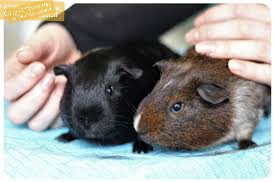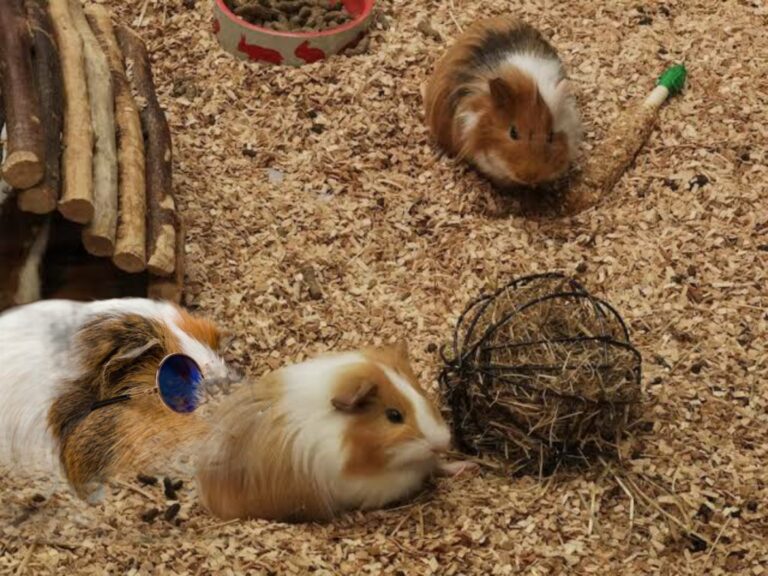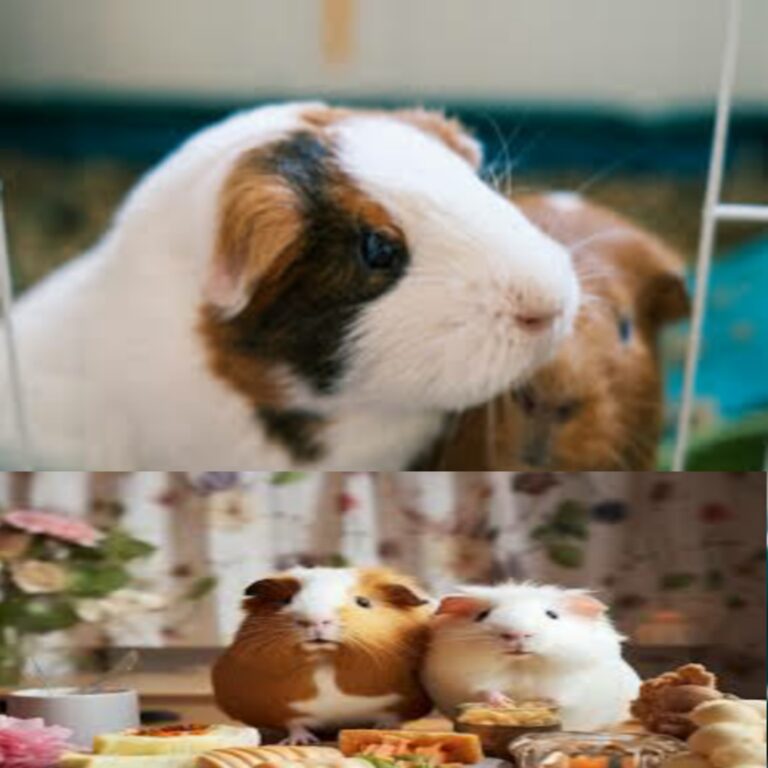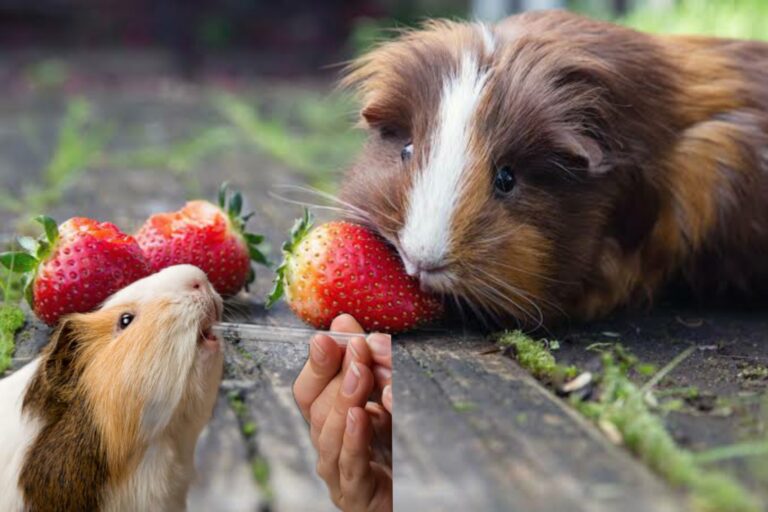
Welcome to our guide on how to be the best guinea pig owner! Guinea pigs are truly wonderful pets, and whether you’re just starting to learn about them or are ready to welcome them into your home, this guide will help you understand what it takes to care for these adorable creatures.
1. Are Guinea Pigs the Right Pet for You?
Before bringing a guinea pig home, think about whether they are the right fit for your lifestyle. Unlike hamsters, guinea pigs are larger, live longer, and have different care needs. They require a bigger commitment, so consider where you will be in five to seven years. Do you have the time and space to dedicate to them now and in the future?
2. Get More Than One
Guinea pigs are social animals and thrive in pairs or groups. If a pet shop suggests that one guinea pig is enough, that’s not good advice. A single guinea pig may struggle to learn social behaviors and could be harder to tame. Ideally, get same-sex pairs, either two males or two females. If you already have one, don’t worry! You can introduce a new friend to keep them company.
3. Consider Guinea Pig Rescues
Before heading to a pet shop, think about adopting from a guinea pig rescue. Rescues often have healthy, well-socialized guinea pigs that are already bonded with others. Pet shops can sometimes have issues like pregnant guinea pigs or incorrect sexing, so rescues are a great option.
4. Keep Them Indoors
If possible, keep your guinea pigs indoors. This may require some adjustments in your home, but it makes caring for them much easier. You won’t have to worry about predators or extreme weather, and it helps you bond with them more easily.
5. Maximize Floor Space
Guinea pigs need plenty of space to roam and play. Many cages available in pet shops are too small, so consider DIY options like CNC cages made from wire grids and corrugated plastic. This way, you can create a spacious and comfortable home for your guinea pigs.
6. Try Fleece Bedding
Fleece bedding is a great choice, especially for larger cages. It’s reusable and can save you money in the long run. Make sure to have an absorbent layer underneath to keep the fleece clean and dry. You can start with old towels and a fleece throw.
7. Invest in Durable Accessories
Choose good-quality cage accessories that will last. Essential items include medium-sized glass water bottles, ceramic food dishes, cardboard tunnels, and wooden hideouts. Having two hideouts is best, as guinea pigs may not always want to share.
8. Learn About Guinea Pig Behavior
Understanding guinea pig behavior is key to being a good owner. It’s normal for new guinea pigs to be scared and hide at first. Make sure they have hay and food in their hideouts to help them feel secure. Don’t worry if you don’t see them drinking much at first; they get moisture from fresh veggies.
9. Provide Quality Hay
Hay is the most important part of a guinea pig’s diet, making up 85-90% of what they eat. It’s essential for their gut health and helps wear down their teeth. Offer a mix of bedding hay and high-quality hay like Timothy hay for them to munch on.
10. Be Patient with Taming
Taming your guinea pigs takes time, often months rather than weeks. They may be scared of you at first, so be patient and use food to encourage them. Hand feeding during lap time can help them feel more comfortable around you.
11. Be Cautious with Treats
While it’s tempting to buy lots of treats, many are unhealthy for guinea pigs. Fresh vegetables, herbs, and forages are the best treats. Instead of a whole cup of veggies daily, offer small amounts of a few different types every few days.
12. Find a Good Exotic Vet
Guinea pigs are considered exotic pets, so not all vets are trained to care for them. It’s important to find a vet who specializes in guinea pigs to ensure they receive the best care if they ever get sick.
If you’re ready to bring guinea pigs into your home, consider exploring more about the differences between pet shops, breeders, and rescues. Thank you for reading, and we hope you enjoy your journey as a guinea pig owner!



